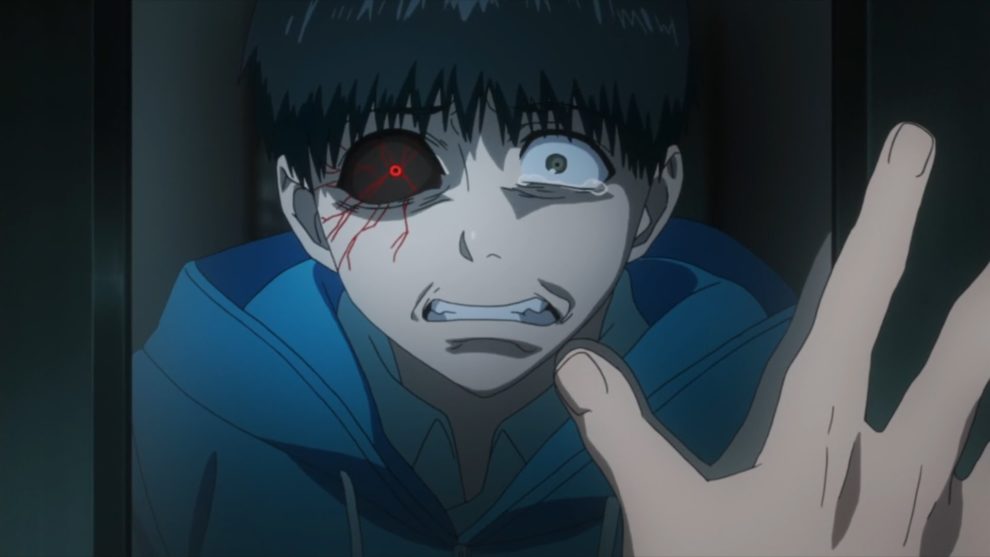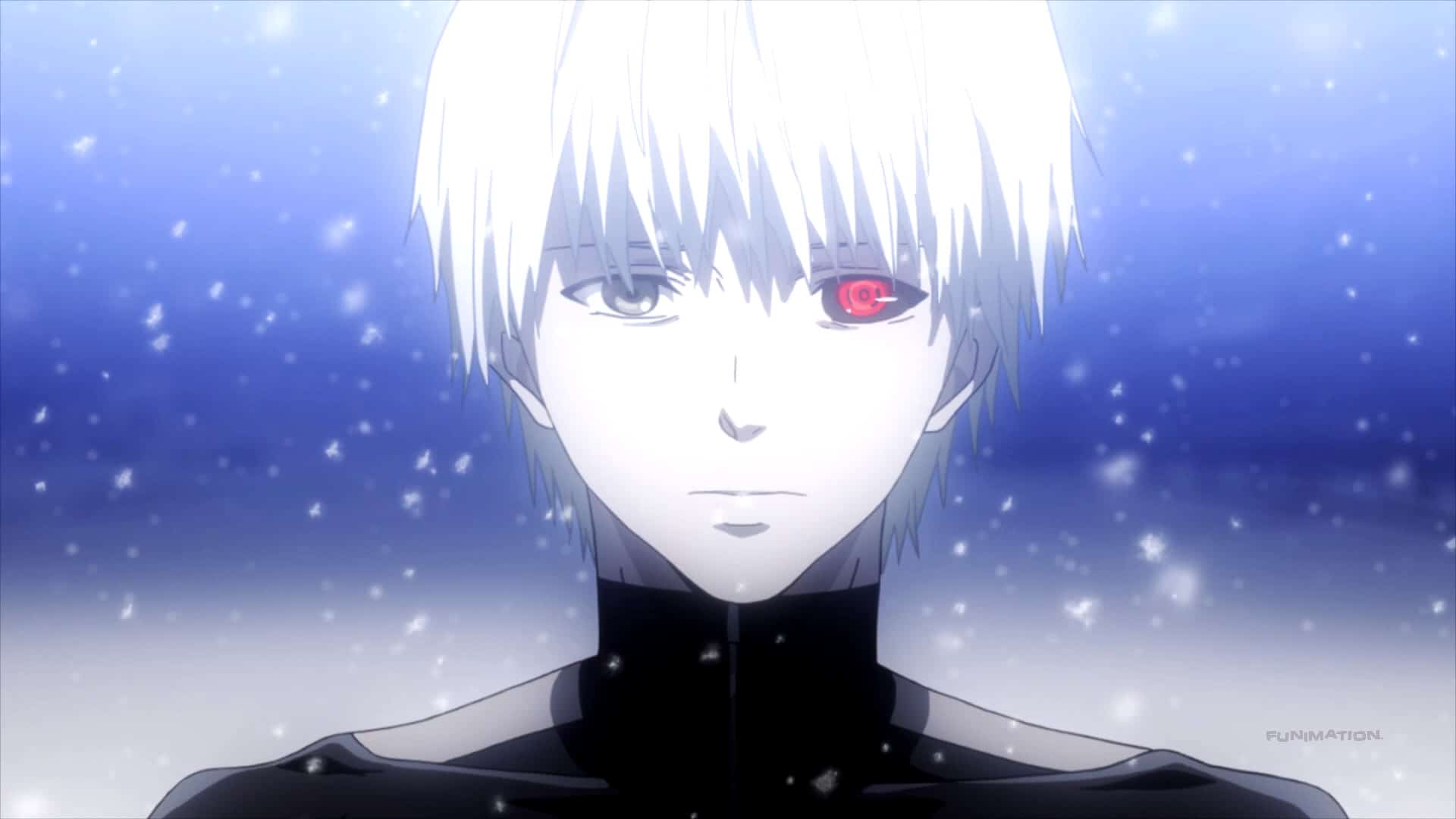As we have mentioned before, the Japanese movie industry, at some point, diagnosed that particularly the shonen titles have all been copying “Naruto”, “Bleach”, “One Piece” and other trademark series of the category, to the point that the repetition and the lack of originality had become a problem. Thus, in a process that could be described as self-regulation, a number of titles that transcend the cliches of the genre were produced, particularly during the last decade, with anime like “One Punch Man”, “My Hero Academia” and “Mob Psycho 100%” being among the most prominent samples. “Tokyo Ghoul” may not reach the originality of the aforementioned titles, but also manages to stand out due to the implementation of many exploitation elements and a more adult-oriented approach.
Buy This Title
The story takes place in a world infested by Ghouls, vampire-like creatures that look like humans but are actually monsters that feed solely on human flesh. The problems instigated by them are so significant that the police has introduced a special branch named CCG (Commission of Counter Ghoul) that deals exclusively with them, with Kureo Mado and his assistant, Kotaro Amon being the enforcers that star in this first season of the anime. This world suddenly collapses upon Ken Kaneki, a university student who finally manages to get a date with Rize Kamishiro, only to find that she is a ghoul. In the extreme series of events that follow, Ken transforms into a hybrid of human and ghoul, with the test on his humanity becoming harder and harder as he is introduced to a secret society of ghouls that run Antique, a kind of leisure, intellectual cafe. The group is headed by Kuzen and includes Toka Kirishima and a number of other ghouls, who are nothing like he imagined. As he becomes friends with most of them, he realizes that monsters inhabit both sides of the law, and that what he knew about both ghouls and CCG, was completely wrong.
The main premises of the title, of a high school boy that attains powers through a series of events and tries to cope with them, is by no means new, as it the case with the concept of who the real enemy is. However, “Tokyo Ghoul” manages to stand out due to a number of elements. The first one is an appeal for the sophisticated that permeates the title as indicated by the protagonists frequently discussing literature, the thoroughness on brewing coffee and the presence of a character and underground club whose purpose in life is to taste the most unique and unusual flavors.
This last aspect is what leads us to the next unique element, that of the intense exploitation. In that regard, the title includes extended notions of cannibalism, violence against children, sadism, torture, and an overall combination of perversion, brutality and grotesqueness that occasionally borders on the splatter. In contrast to similar titles however, the character analysis is quite thorough, the subplots very interesting, and the drama intense.
The antithetical juxtaposition of all the aforementioned elements provides the core of the narrative and is the reason “Tokyo Ghoul” is adult-oriented, and in essence, different from the norm.
Special mention should be given to episode 8, where most of the aforementioned elements are present, and with a great directorial and editing approach that results in showing that CCG and ghouls are not so different after all. After this point, a number of new characters are introduced and many mysteries start to appear, with the final episodes of the season being the apogee of the action aspect of the series (which gets cut though, and continues on the second season).
In general, Morita Shuuhei does a very nice job in the presentation of this multileveled story, while the concepts of racism, identity, family, and friendship are well communicated, occasionally through metaphor and other times more directly.
Miwa Kazuhiro's character design follows the rules of the category, with most characters looking more European than oriental, but the attention to detail and the imagination in conception are quite obvious, and result in a number of individuals that are quite easily to distinguish. Kureo Mado in particular is one of the most interesting villains we have seen lately, both in terms of drawing and as a persona.
The animation by Studio Pierrot is top-notch once more, with the attention to detail being of the highest level, both in the way the characters move and in the background. The action scenes are quite impressive with a well-fit hyperbole and the way the overall coloring changes according to the occasion (light for calmness and drama/ dark for action and violence) quite nicely implemented.
“Tokyo Ghoul” is an excellent title, that may not reach exactly the level the top titles of the category have, due to a few clichés here and there, but is definitely not far behind.
















